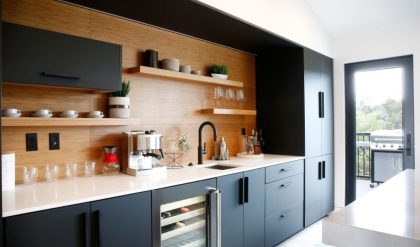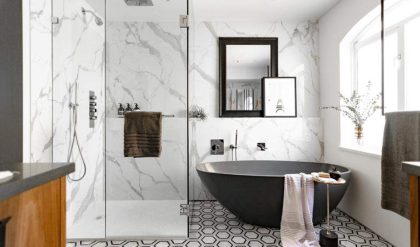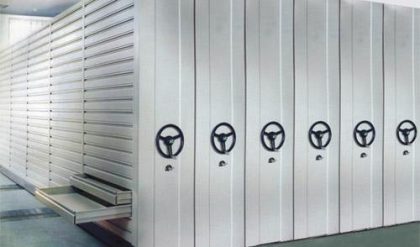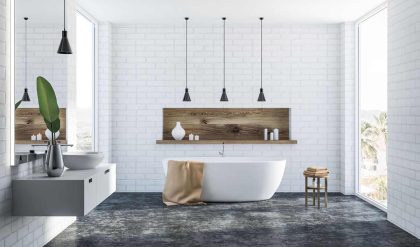Here you will find every aspect of interior design finishes. Below is an introduction to get you thinking about interior decorating finishes.
What they are? Where they go and why we select them? Additional pages will feature the different types of finishes available, ranging from floor finishes, wall finishes and decorative paint finishes, fabrics and metals. You name it we cover it here at interiordezine.com.
Introduction to interior decorating finishes for the home
Here we will cover the majority of finishes and products that you will come across in the world of design. It is important to have an understanding of what they are, what they are used for, when and where to use them and why.
The why is important, as you must always be able to justify WHY you have selected a finish or a product to use.
Because “I like the look of it” is not enough. This is the part of Interior Decoration that we get assessed on, as it is what the public “sees”. It is a complex process of continual questions that we need to ask to ensure that the product will do what we expect of it.
We will talk in generic terms, no brand names will be mentioned but obviously the best way to gain knowledge of these products is by assessing supplier and manufacturers information and specifications. They freely distribute these and some are happy to provide samples, so that you can physically compare different products.
Be careful when checking for flame resistance. I once naively put a match to a small swatch of fabric to see if it could withstand flame. A split second later I had a hot black gooey melted fabric over my finger. It hurt and I came to the conclusion that the fabric was not what I was looking for and it wasn’t specified for the project. It pays to read the back of the label for the properties and used their tried and tested information.
We will go over as many interior finishes as possible, but there are always new products being released.
Interior Finishes includes floor, walls, ceilings, internal joinery and soft furnishings.

Multiple interior design finishes used in this kitchen
Selecting product, as discussed requires accessing the products performance capabilities. The following items should be considered:
Economic and budgetary issues. Does the budget allow for the initial purchase cost of the material as well as the installation? Does the product require long-term maintenance, which may impact on the weekly household budget?
Durability considerations. Will the product withstand daily wear and tear –water spillage, foot traffic, pets, and children with artistic flair, furniture movement? Is the product able to be easily maintained? Is it easily broken, or scratched, prone to changing temperatures?
Safety issues. Is it slippery when wet (flooring)? Is it a fire hazard? Does it have hard or sharp edges? Does it provide a surface for glare? I.e. is it highly polished and reflective. Is the product dull and dark and impede vision without the lights on?
Comfort and Aesthetic considerations. Does it look great? Does it fit in with your scheme, texturally, colour wise, patterned items? Does it meet the acoustic and thermal insulation requirements of the local building authority? Do the tactile properties live up to the look? I.e. is it soft to touch, silky to run your fingers over, or cool underfoot?
Keeping all these items in mind, read on to have your interior finishes knowledge increased, and a way to remember the product and its properties and functions is to consider where you would put each and why as you read along.
We have written an ebook that provides knowledge of interior materials and finishes. Take a look, we strongly advise doing this.
Enjoy increasing you interior design and decorating knowledge.
Interior Design Finishes
How to Select Types of Wallpaper or Wall Hangings and Different Types of Floor Coverings for Interior Design and Decorating
The walls and floors of the home take up a large area of the interior decorating canvas.
They often dictate the theme and colors as well as style of the room. There are so many options and combinations to choose from that it can be difficult to make decisions on one, let alone two!
But armed with some basic information on what wallpaper is and how it is used will provide you with the confidence to perhaps move with the sudden swing back to using wallpaper or wall hangings on the walls once more.
Then comes the tricky area of floor coverings! These are a very tactile selection. You need to walk on them, put your samples on the floor and see them in the natural light of your room.
Stand on them in bare feet, feel the sensation of the floor product on your feet. Personally, I can’t stand my feet touching cold ceramic tiles, whilst others hate to think what might me hiding in a carpet under their feet, it makes their toes curl! It is a very personal selection process, and armed with all the basic facts on the types of flooring systems below, you will be able to make better informed decisions on floor products.
Timber Flooring – Some of the types of timber flooring available.
Hard Flooring – Some hard flooring options.
Stone Flooring – definitions of stone based flooring.
Semi Hard Flooring – cork, linoleum, vinyl.
Clay Based Flooring – The different types of tiles.
Wall Hangings – A description of the different types styles and types of Wallpaper.
Modern Wall Hanging Features and Adhesives – learn about the different features of wallpapers and the adhesives used to hang them.
Decorative Painting, Faux Finishes, Decorative Finishes
Carpet, what it is made of and how it is constructed, it’s appearance pitfalls, types of carpet, underlay, installation types.
Paint, how it is made, what are it’s uses, oil based, enamel, acrylic, PVC paint, which paint to use.





